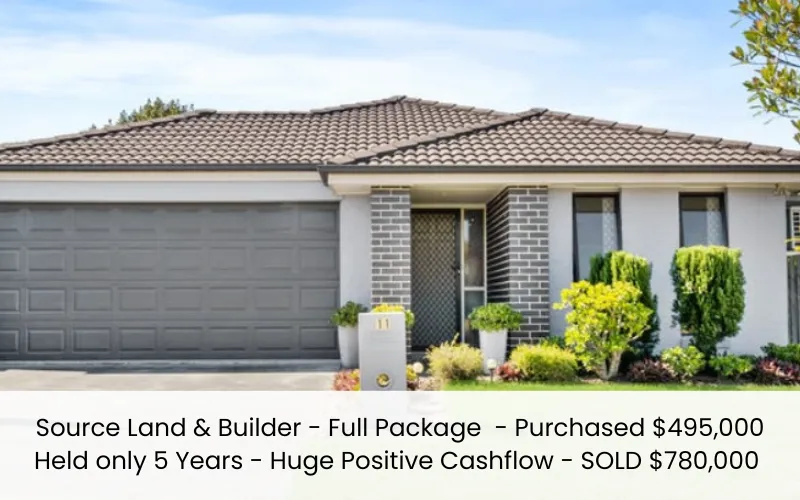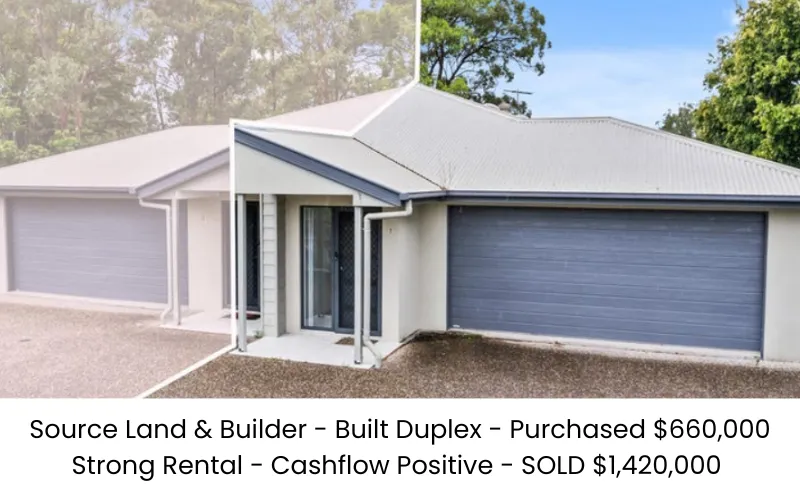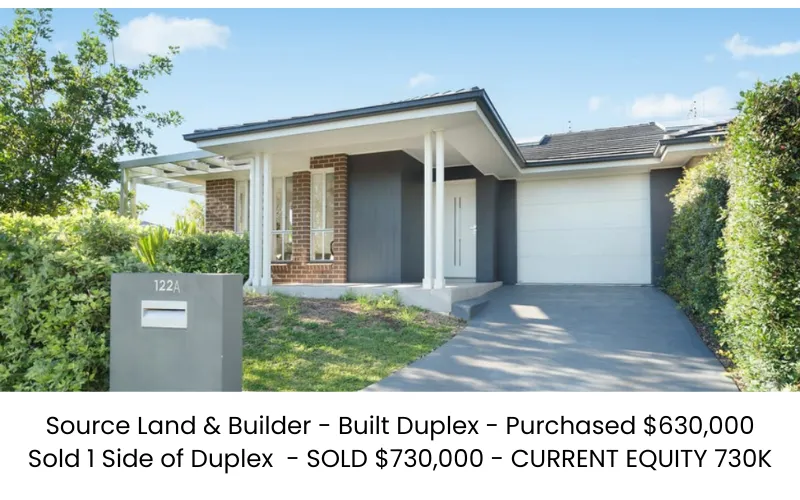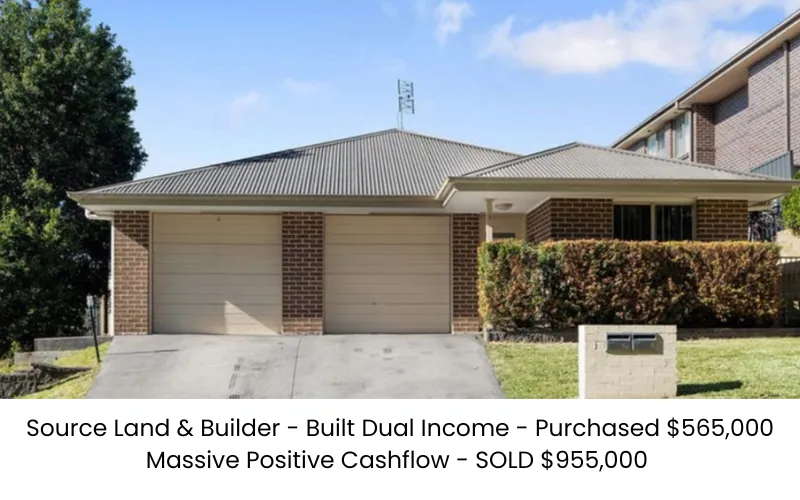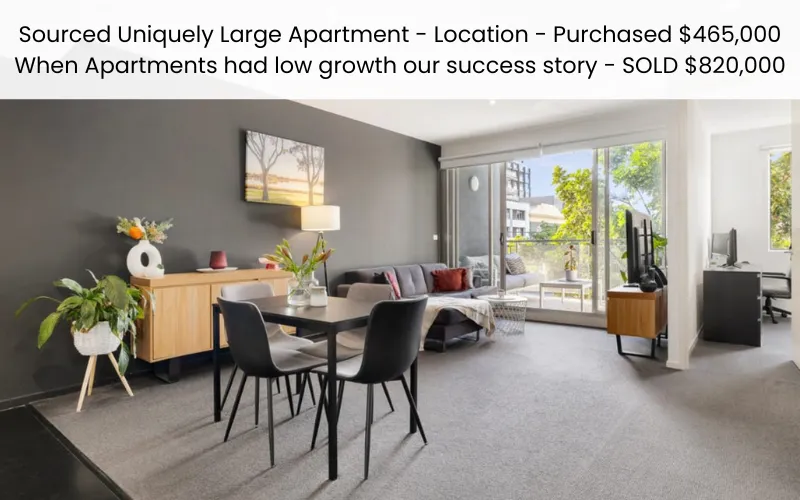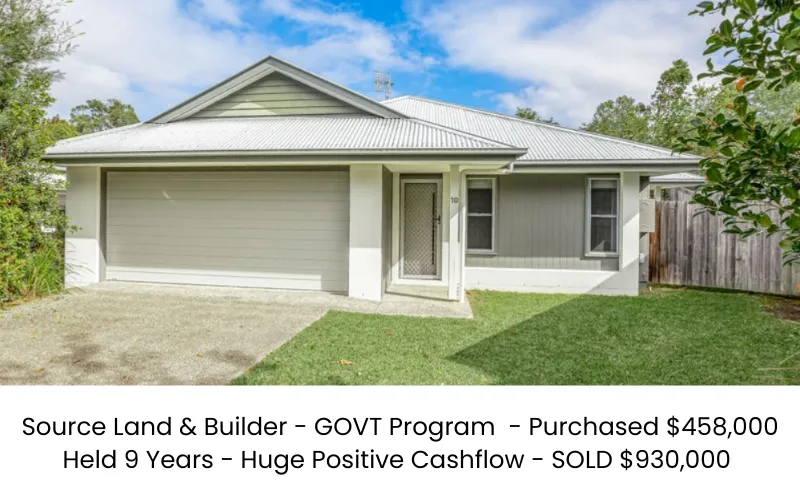Welcome to Find Better Accountants
Over 90% of Business
see genuine improvement with the right Accountant
Our Free Service is to match the right accountant to your needs to ensure the growth and success of your business or personal position. A quality match will assist with growth and advisory- success comes from doing more than just the numbers.
Welcome to Buy Build Invest
Buy, Build, or Invest in Property
Assisting Property Investors
After 30 Years of specialising in assisting Accountants clients with their tailored property solutions, we are now available direct.
We will help you navigate the complexities of sourcing and buying the right property, to perform to your needs.
Avoid the pitfalls, avoid poor negative geared choices, avoid the huge mistakes property investors make that prevents them from creating a successful growth portfolio. Get it right from the start and we can assist you to build a positive passive income cashflow portfolio.
Welcome to Credit Repair
WE HELP
TO GROW YOUR BUSINESS

Lorem Ipsum is simply dummy text of the printing and typesetting industry.
Real Life Property Portfolio Results


About Us
Our Director, Martin Wyatt has assisted with $1.4 Billion+ in property purchases
After being the "Go To Property Professional" who specialises in assisting Accountants clients from the early 1990's to today, Martin spends hours each day assessing property to achieve the right results for our clients.
Our role is to assist Buyers with their investment property purchases, with the right property to meet their needs for today and beyond. Knowing that we can develop an effective investment strategy for each individual client that matches their best interests, for the Short - Mid - Long term, means building a true property portfolio.
Martin is the trusted Investment Estate Agent, that has enabled clients to comfortably build multi property portfolio's that avoid the road blocks, pitfalls and lending restrictions that often see people restricted on building an effective portfolio.
When Property Investing we must avoid the pitfalls, so may investors make. Maintaining independent advice, and sourcing the key individuals/businesses to form your property partners team means quality services. We think Short-Mid-Long term for your success!
Real Service means more than just numbers.

Research and Analysis
"The key is in Interpretation"
The overwhelming volume of data and information. needs interpretation to assess indicators on how property can be positively or negatively impacted.

Understanding the Effective Tax Minimisation Strategy!
Ensuring the fund adheres to legal obligations, including regular independent audits, compliance with ATO rules, and preparation of financial statements.

Accurate Forecasting of Expenses & Returns
Understanding preparation and lodgement of the fund's annual tax return, and advice on concessional and non-concessional contributions.

Investment Strategy Development
Tailored advice on creating and maintaining an SMSF investment strategy that complies with ATO requirements while aligning with the trustee's retirement goals.

Sourcing, Negotiating & Securing the right Property
Guidance on converting SMSF balances into retirement income streams, such as account-based pensions, and advice on transition-to-retirement strategies.

"Going Beyond the Set Up" Operational & Next Steps
Assisting trustees in planning for the smooth transfer of SMSF assets, including binding death benefit nominations and strategies to protect family wealth.
Is Your Property Strategy Maximising Returns?
Discover the right investment property strategy to optimise and enhance your ability to achieve your objectives. Without the right strategy, most Australian's stall at just one investment property. Your strategy is the key to success, sourcing the right property that matches and delivers the stepping stones to reaching the property portfolio that builds you a better future.
Schedule a free consultation today and take the next step towards financial clarity, regulatory compliance, and achieving your property and therefore financial goals with expert advice.
Equity Builder > Foundation > Investment Property
Mortgage Eliminator - Aligned Investment
Property Multiplier Effect > Fast Tracking Your Portfolio
Positive Cashflow - When to use Negative Gearing - Growth Property
Dual Occupancy - Duplex - Co Living - NDIS - SDA - New/Established
Planned Equity Uplift - Smart Investing - Refurb/Renovation
Paper Cost Vs Real Costs
Professional Investment Analysis Reports
Research & Analysis - Infrastructure - Stats - Vacancies/Growth - Interpretation
The right choice of ownership:
Individual - Couple - Multi Investor - SMSF - Trusts - Family/Unit Trusts - Company
What Clients Say About Us

Right from meeting Martin, we knew we were in brilliant hands. His knowledge of locations went beyond stats, the Property found and then the PIA Report he presented was incredibly accurate and after 3 years is still spot on today!
Thanks you for assisting us to build our property portfolio.

Marc Middleton
Private & Family Trust Investor
Vic & Qld based Property Investor.

Thank you for assisting close to 40 of our clients in the last 3 years. Each client has a property that matches their given strategy, the right cashflow, and with many of them now buying multiple properties this has set them up for life!
We appreciate your vast knowledge of locations, infrastructure and your accuracy on PIA reporting. Thank you so much!

Joel Ganino
Financial Planner, Melbourne VIC
Frequently Asked Question
What is an Investment Property Strategy?
An Investment Property Strategy takes into account your individual situation, cashflows, equity levels, ages, income streams, and establishes clarity on potential goal objectives to format a step by step plan on building your property portfolio. Everyone starts from a different position, has different goals and objectives, and has various levels of comfort with investment plans. This is why your Investment Property Strategy is yours and yours alone. You should not just adopt another persons strategy without all the components being considered.
Why should I use an Property Investment Accountant?
A Property Investment Accountant ensures your fund complies with Australian laws, including ATO and if purchasing in a SMSF, the Superannuation Industry (Supervision) Act (SISA) regulations. They also help you optimise tax strategies, manage lodgements, and provide expert advice tailored to Australia’s unique environment. Further than this they also assist you to build your property portfolio, by maximising your structure and entities that you acquire your property ownership.
How does Tax Depreciation work on New and Established Property?
Tax Depreciation laws have changed in Australia, with only New Property being allowed to claim this benefit. This makes a vast difference in how much you actually pay for you property each week. If a Tax Depreciation Claim in Year 1 was say $15,000 to $18,000, this claim is substantial at reducing your taxable income. These funds can either be claimed in your annual tax claim or if a PAYG, you can claim it by having your Tax reduced in each pay.
Negative Gearing, How does it work and should I use it?
Negative Gearing is a term that indicates a properties holding costs, such as interest, rates, property management, insurances, owners corporation and any maintenance, has resulted in more funds going out than you have received in rental income.
This can be an artificial negative geared result, if the use of a "Paper Cost" such as Tax Depreciation is the causing effect or a real negative geared result, by a loss occurring each year. This need to examined carefully as the ability to hold property from the longer term, to benefit from the Capital Growth of the property needs to considerably outweigh any holding costs.
Buffer or Reserve Funds
To purchase and hold property, there may be times when unexpected costs arise, the property maybe vacant, with tenancy vacancy and it in these times that the importance of having a Buffer or Reserve Funds base is vital. When quality investment property has typically grown at 7% to 8% or more on average for the last 50 plus years in Australia. The Buffer or Reserve Funds cover any lean times and enable the ability to obtain the full benefit of the capital and rental growth. A lesser amount of funds is typically required for new property.
How much maintenance is expected and who pays for it?
The Investment Property should always be maintained to attract and achieve the best rental return possible for you as an investor. The maintenance is the responsibility of the property owner, in this case the investor. In saying that all properties are not equal, with new property typically not needing much in the way of maintenance for the first 7 to 10 years. In this time the typical rental has increased substantially and these added rental funds typically more than covers maintenance costs. On established property you can incur maintenance in year one, which means it's more likely to need to be covered by the investor. This is where the Buffer or Reserve Funds assist in covering these costs.
What are my responsibilities as an SMSF trustee?
As an SMSF trustee in Australia, you are responsible for:
Ensuring your fund meets the sole purpose test (providing for retirement benefits).
Managing investments according to the fund's strategy.
Keeping accurate records and lodging annual returns.
Ensuring compliance with superannuation and taxation laws.
Can my SMSF borrow money to invest in property?
Yes, your SMSF can borrow money under a Limited Recourse Borrowing Arrangement (LRBA) to invest in property. This must comply with strict ATO rules, and the property must meet the sole purpose test. Professional advice is critical to ensure compliance and assess potential risks.
How much superannuation do I need to set up an SMSF?
While there is no legal minimum, the Australian Securities and Investments Commission (ASIC) suggests a minimum balance of $200,000 to make an SMSF cost-effective compared to other superannuation options.
What is the process for setting up an SMSF?
To set up an SMSF, you’ll need to:
Establish a trust and trust deed.
Register the fund with the ATO.
Obtain an Australian Business Number (ABN) and Tax File Number (TFN).
Open a bank account for the fund.
Create an investment strategy compliant with Australian laws. A professional SMSF accountant can simplify and manage this process for you.
What happens if my SMSF is non-compliant with ATO regulations?
A non-compliant SMSF may face penalties, hefty fines, or loss of its concessional tax treatment. The ATO may impose administrative penalties on trustees or disqualify the SMSF. It’s crucial to seek professional guidance immediately to rectify any compliance issues.
Can I use my SMSF to buy property?
Yes, SMSFs can invest in residential or commercial property, provided the property meets the sole purpose test and other compliance requirements.
What annual compliance requirements does an SMSF have?
Every SMSF in Australia must:
Lodge an annual tax return with the ATO.
Undergo an independent audit by an approved SMSF auditor.
Ensure ongoing compliance with ATO regulations and the fund’s investment strategy.
What services does Find SMSF Accountants provide?
Find SMSF Accountants offers comprehensive SMSF services tailored to Australian trustees, including:
SMSF setup and registration with the ATO.
Tax planning and annual return preparation.
Independent auditing services.
Investment strategy advice.
Retirement and estate planning. Our team ensures your fund remains compliant, cost-effective, and aligned with your financial goals.


